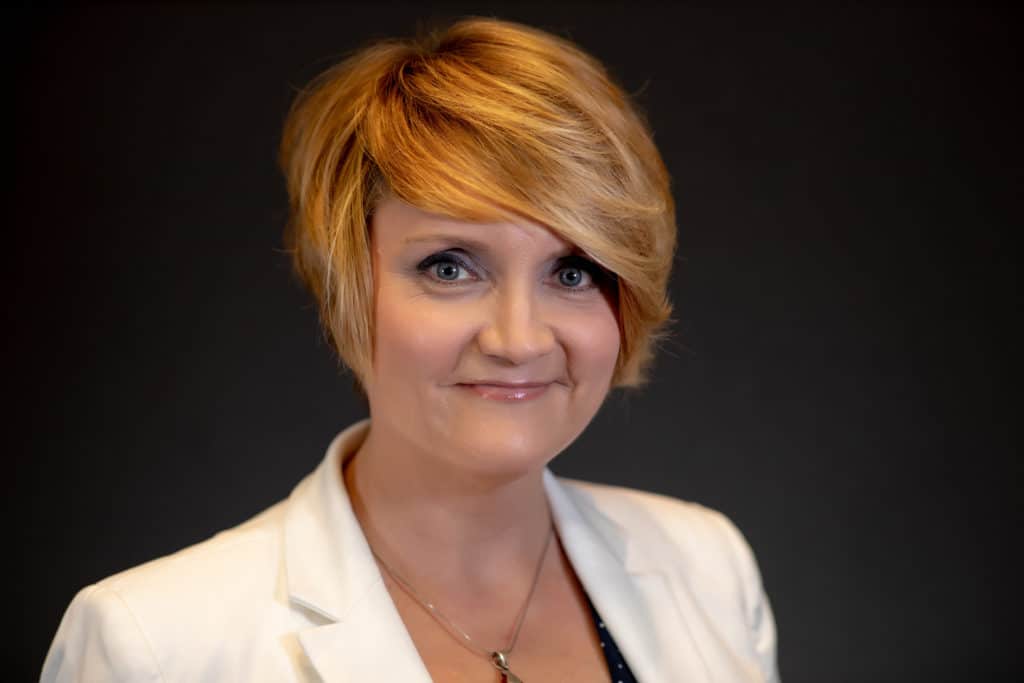Podcast: Play in new window | Download (8.2MB)
Subscribe: Apple Podcasts | TuneIn | RSS | More
This CX Mini Masterclass makes the case for why CX practitioners need to help flip the script on how organizations think about customers. Special guest and CX thought leader Stephanie Thum provides practical tips on how to influence the way that teams regard customers.
Insights from a special guest
Stephanie has amassed deep expertise through her diverse professional background in the field of customer experience. While she’s often best known for her experience as one of the US federal government’s first agency CX leads, she has also been a practitioner and consultant in the B2B world, working with small and mid-sized companies and was one of the founding members of the CXPA. She’s a CCXP and has remained active with the association, even spending some time as part of the association’s HQ team. She’s written an ebook, Where Customer Experience Practices Haven’t Landed in Business. If you’d like to get in touch, connect with her via LinkedIn or Twitter.

Why we need to think about customers differently
Historically, businesses and government agencies have viewed customers as a source of business risk. These themes can easily take center stage in leadership and management discussions, positioning customers as adversaries. Stephanie shares that while it’s important to recognize and manage risk, organizations must also view customers for what they are: real people. Through humanizing customers, organizations can position customers as partners and remind themselves of who and what they are working for.
How to influence the mindset shift
Making that change, however, is easier said than done. Fortunately, Stephanie has shared some practical and engaging ways to initiate the shift:
- Democratize the data – share customer experience data in a widespread manner throughout your organization in a way that creates a reaction from people. Even if the reactions aren’t what you had hoped for, the purpose is to get people regularly talking about customers, as they would profit, staffing, technology, etc. There are endless ways of sharing data, such as circulating survey results or playing a call recording at a team meeting and then troubleshooting experience solutions.
- Start a conversation through a story – share stories about real customer experiences. Storytelling has been a part of the human experience since time immemorial. Customer anecdotes not only humanize quantitative data, they also help people relate back to their own personal customer experiences.
- Include customers in the business – bring customers into your organization’s activities. Customers aren’t outsiders to your business, they are part of it. Look for opportunities to include customers in advisory boards, speak at company events or attend customer appreciation days. This will bridge the divide between employees and customers, and may help surface ideas on how to improve products or experiences.
Want to keep learning about CX?
If you’d like to checkout more of these CX Mini Masterclasses or listen to my longer format CX expert interviews, check out the full listing of episodes for this CX podcast.
And if you are looking to super-charge your CX skills and continue learning, be sure to check out CX University. They have a great array of CXPA accredited training resources available on a flexible monthly subscription plan. Use the code PODCAST10 to get 10% off your first month’s subscription and support this podcast.
Decoding the Customer is a series of customer experience podcasts created and produced by Julia Ahlfeldt, CCXP. Julia is a customer experience strategist, speaker and business advisor. She is a Certified Customer Experience Professional and one of the top experts in customer experience management. To find out more about how Julia can help your business achieve its CX goals, check out her customer experience advisory consulting services (including customer insights, CX measurement, leadership alignment and CX change implementation) or get in touch via email.